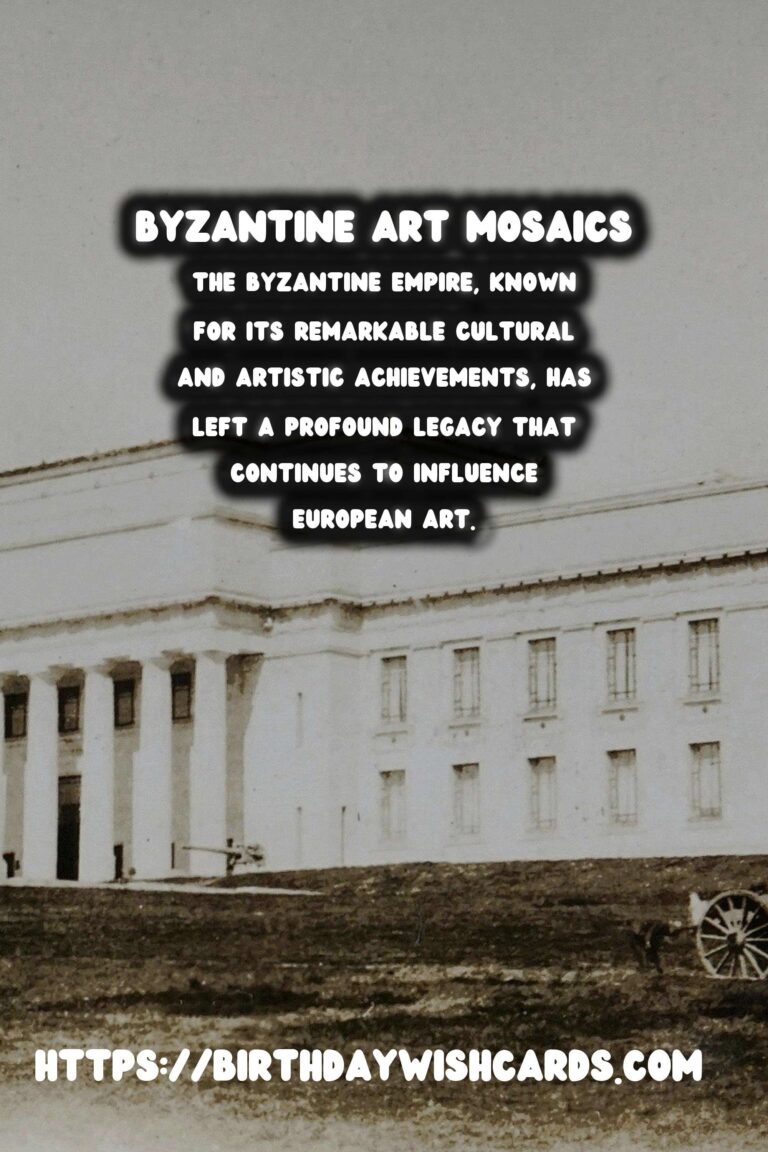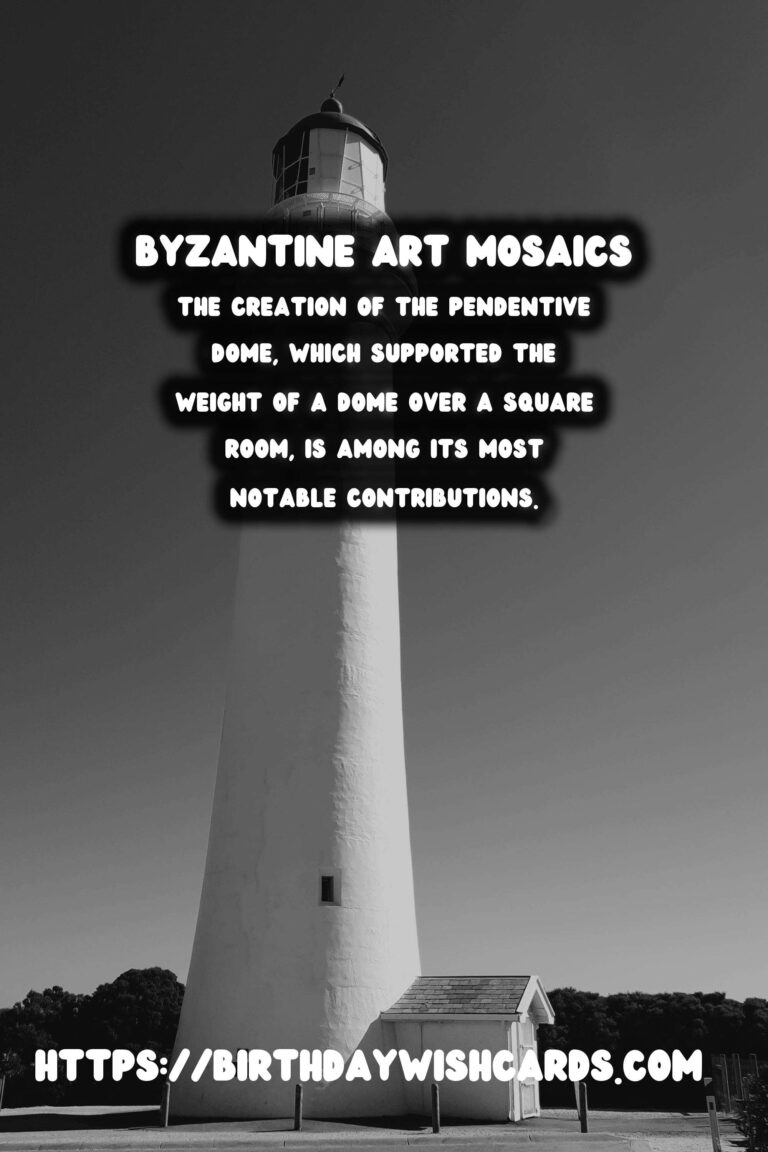
The Byzantine Empire, known for its remarkable cultural and artistic achievements, has left a profound legacy that continues to influence European art to this day. Stretching over a thousand years from its inception as East Rome in 330 AD until its fall in 1453 AD, the Byzantine Empire was a beacon of artistic innovation and religious expression.
The Foundations of Byzantine Art
Byzantine art began to flourish during the reign of Emperor Constantine the Great, who established Constantinople (modern-day Istanbul) as the capital of the Roman Empire in 330 AD. This city became a hub of artistic and cultural exchange, blending Greco-Roman art with Eastern influences.
The development of characteristic elements such as domed churches, mosaics, and illuminated manuscripts marked the distinct identity that came to be known as Byzantine art. These elements not only defined the visual culture of the Byzantine Empire but also set aesthetic standards for the medieval world.
Mosaic Masterpieces
One of the most iconic expressions of Byzantine art is its intricate and awe-inspiring mosaics. These works of art, which adorned the walls and ceilings of churches, served as a visual representation of biblical stories and theological concepts.
The technique of using small, colored tiles to create images allowed for detailed and vibrant depictions that have captivated audiences for centuries. Mosaics from the Byzantine era can still be seen in places like the Hagia Sophia in Istanbul and the Basilica of San Vitale in Ravenna, Italy, reflecting the empire’s extensive reach and influence.
The Impact on Iconography
Byzantine iconography also had a significant impact on European religious art, particularly in the portrayal of holy figures. Icon painting became a revered art form in Byzantine culture and continued to be a pivotal part of Christian visuality in Europe.
Icons were not simply artistic representations but were considered sacred objects, often used in worship and religious rituals. The meticulous techniques developed by Byzantine artists for icon creation, highlighting symbolic meaning and spiritual depth, were emulated across Europe, especially in the Eastern Orthodox Church.
Architectural Innovations
Beyond paintings and mosaics, the architectural advancements of the Byzantine Empire have also left a lasting impact on European art and architecture. The creation of the pendentive dome, which supported the weight of a dome over a square room, is among its most notable contributions.
This architectural breakthrough enabled the construction of grand, ornate churches that became models for later European cathedrals. Structures like the Hagia Sophia set new standards in architectural design and engineering prowess, influencing the Romanesque and Gothic styles that thrived in medieval Europe.
The Byzantine Legacy in the Renaissance
The fall of Constantinople in 1453 marked the end of the Byzantine Empire, but its artistic legacy lived on, providing inspiration for the Renaissance—a period of renewed interest in classical art and learning in Europe.
Byzantine scholars and artists fleeing to Western Europe brought Byzantine art and ideas, stimulating new artistic developments. The use of gold, rich color palettes, and religious subject matter evident in Byzantine works had a direct impact on Renaissance artists such as Leonardo da Vinci and Michelangelo.
Conclusion
The Byzantine Empire’s artistic endeavors laid a foundation that continues to influence European art. From mosaics and icons to architectural marvels, the techniques and styles developed by Byzantine artists set standards for centuries.
As a result, the Byzantine Empire remains an enduring symbol of artistic excellence and cultural influence, bridging the classical past with the artistic innovations of the medieval and Renaissance periods.
The Byzantine Empire, known for its remarkable cultural and artistic achievements, has left a profound legacy that continues to influence European art. The creation of the pendentive dome, which supported the weight of a dome over a square room, is among its most notable contributions.
#ByzantineArt #EuropeanArt

